By John Pagano, Ph.D., OTR/L
- Increase structure – Especially
with students (e.g. sensory seekers) who trash your therapy room getting
increasingly dysregulated, increase the structure. One way is by starting the session with all the toys locked up, and listing or assembling pictures of all the activities the client will do in order, before starting the session. Praise the client and check off each activity after they complete it and clean up, then unlock and begin the next activity. Another option for motivating clients when developing the activity list is to alternately have them choose the first activity and the therapist chooses the next one. Groups can also be structured with pictures listing the activities in order, or by having group members draw and review a praxis comic depicting the group activities in sequential order.
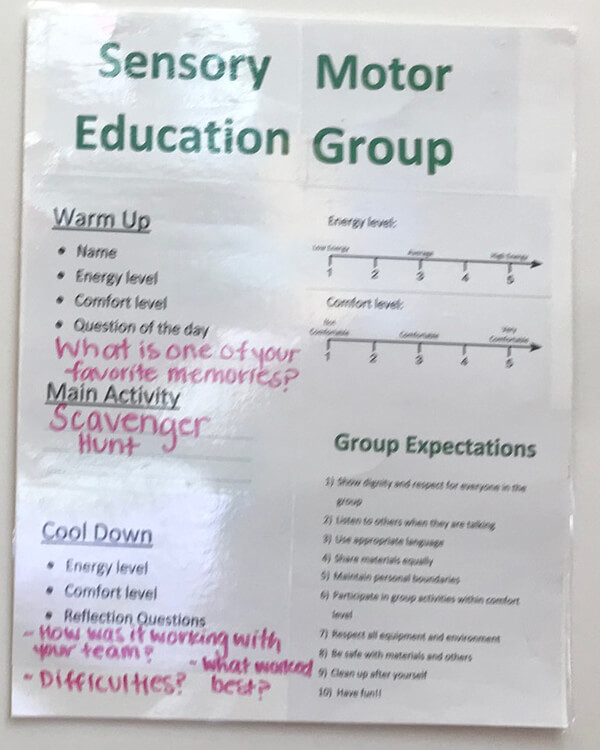
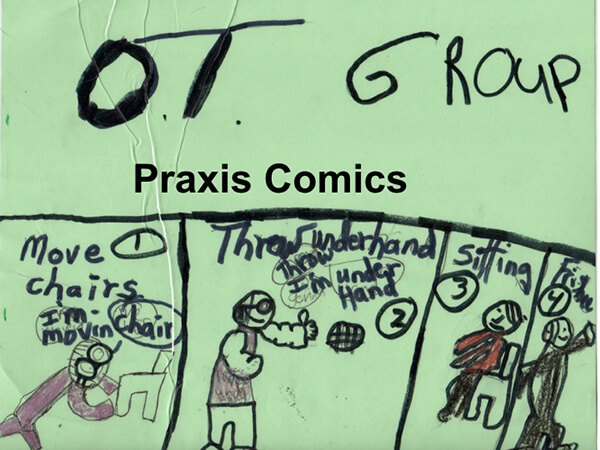
- Preferred Activities & Choices – Clients will work better if given choices between 2 or more activities, and presented with tasks they like to do. To assure that therapeutic goals are addressed you can present 2 choices addressing the same therapeutic goals (e.g. for deep pressure to reduce arousal offer wheelbarrow walking or wall pushups).
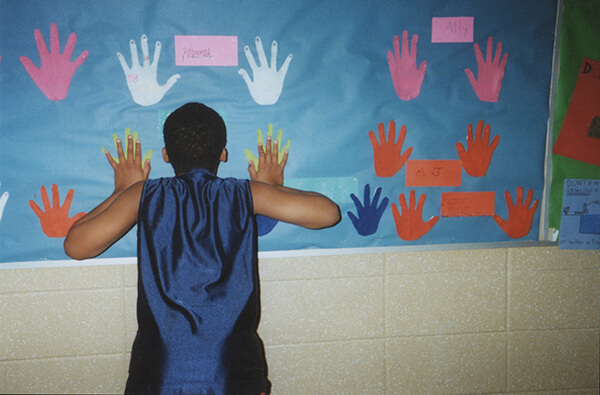
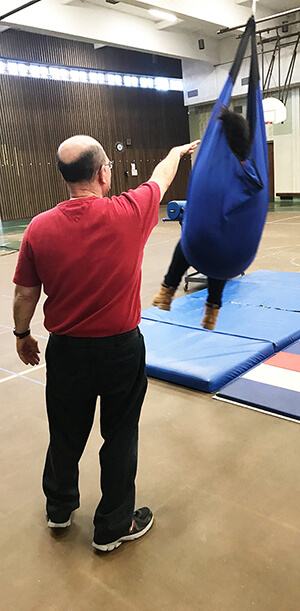
- Alternate seated with preferred gross motor tasks – For evaluation and treatment sessions it is often helpful to alternate seated fine motor writing tasks with preferred gross motor activities.
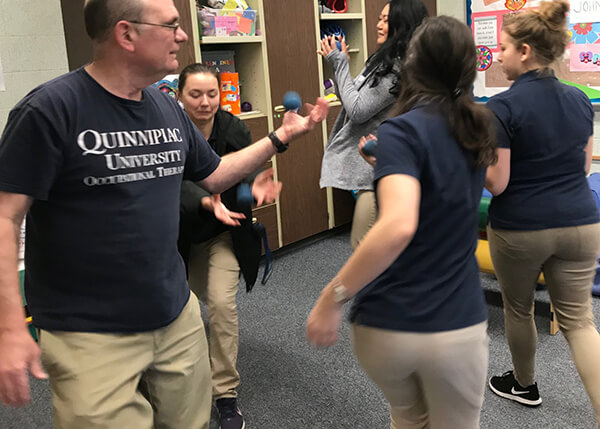
- Intersperse Easy – Instead of giving 10 challenging tasks, help improve the client’s motivation and effort in trying challenging new tasks by presenting 5 new tasks (covering all the concepts in the original 10 tasks you were going to teach), and alternating so every other task is something the client likes to do and has mastered, then reinforce him for doing it correctly.
- Reduce distractions – Especially in groups or the classroom, minimize problematic sensory distractions to improve attention. Study carols help minimize visual distractions, while noise canceling headphones are useful for auditory distractions. It often helps to give the teacher noise canceling headphones to help a student who has difficulty behaving appropriately due to the loud sound of fire drills.
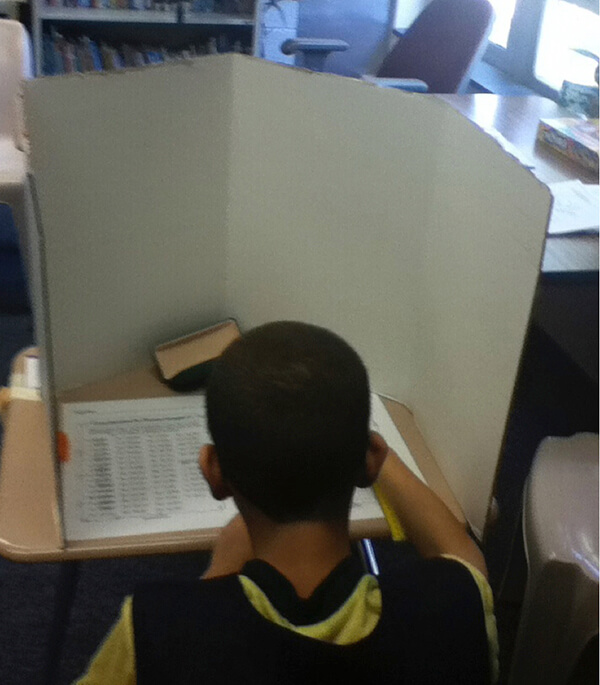
- Increase sensory stimulation of challenging therapy tasks – Particularly for students who are under-responsive it can be helpful to add sensory input that accentuates therapy and academic tasks. This can be done by highlighting important print, plus signs, emphasizing the guide lines of the paper, or simultaneously having the student listen to and read a story.
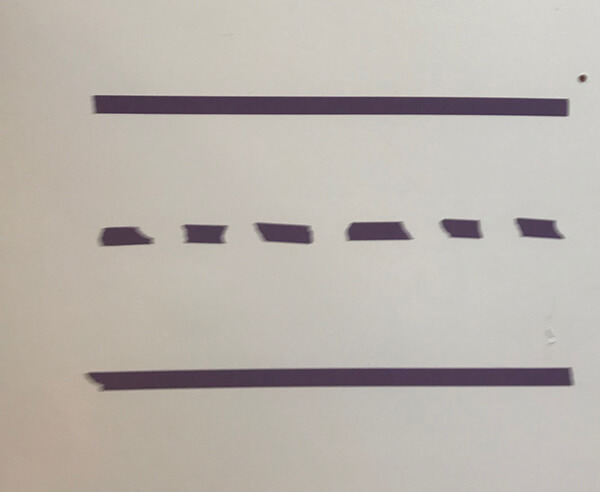
- Getting clinic clients to leave – Many skilled clinic therapists who use sensory integration strategies have a problem getting clients to leave when their session ends. While it’s a compliment showing the client enjoys and can learn better during therapy, it’s a problem because the therapist has another client waiting and aggressive behavior in the clinic is bad for business. Think about this ahead, and if it is a problem structure the last task in a special room with only the door leading outside unlocked. Use this as a last activity room with their parent present (a good place to review home programs), give five and two minute warnings, do deep pressure calming sensory activities, then escort them out and give them a prize if they leave appropriately.
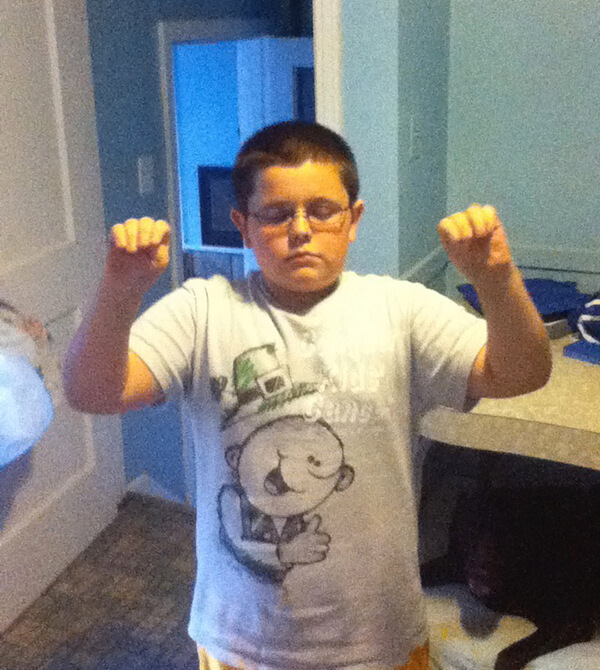
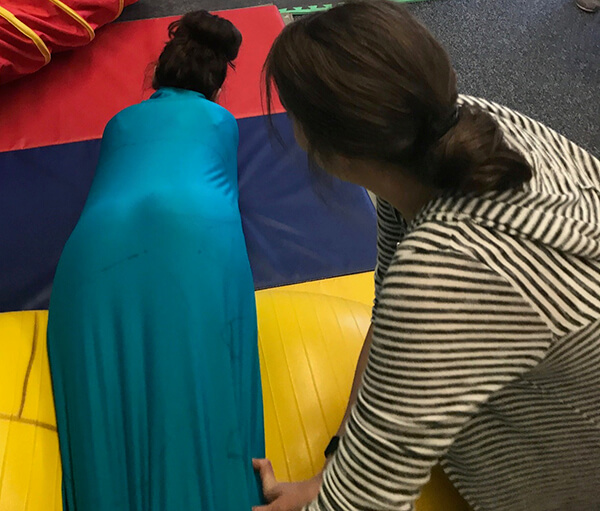

John Pagano, Ph.D., OTR/L is an occupational therapist who developed FAB Strategies® to help students with complex behavioral challenges. He just completed his first book called FAB Functionally Alert Behavior Strategies. Dr. Pagano has been presenting FAB Strategies® workshops internationally for over twenty years, and is known for his humorous interactive presentations.
He will be offering a free Therapro webinar on Tuesday, 10/29/19: Integrating Behavioral, Sensory, & Mindfulness Interventions in your Pediatric Therapy and a seminar at Therapro on Saturday, 11/16/19: Advanced Treatment Strategies for Youth with Complex Behavioral Challenges. For more information about these events, please refer to the Therapro website at www.therapro.com and click on the News & Events tab.

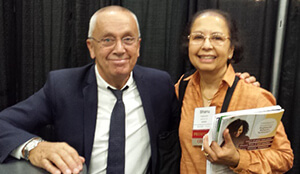
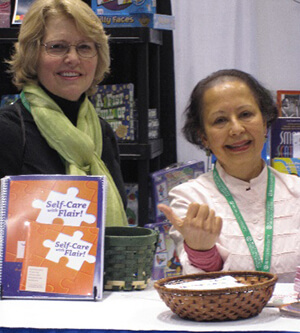
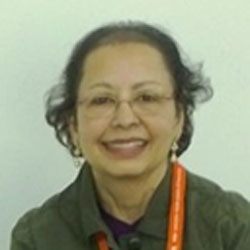

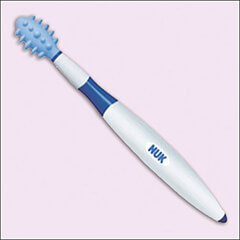
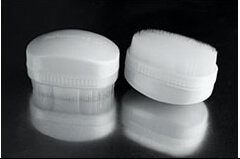
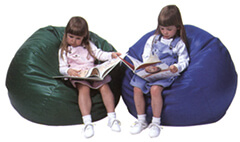
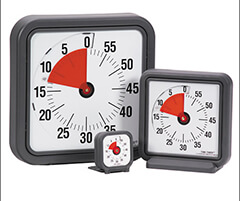
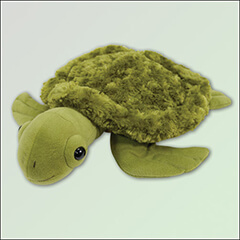
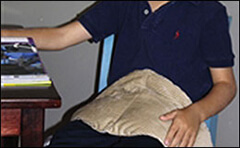
 Cathy Collyer, OTR, LMT has treated children with neurological, orthopedic and sensory processing disorders for over 20 years. She is the author of The Practical Guide To Toilet Training Your Child With Low Muscle Tone. Learn more about her work at tranquilbabies.com.
Cathy Collyer, OTR, LMT has treated children with neurological, orthopedic and sensory processing disorders for over 20 years. She is the author of The Practical Guide To Toilet Training Your Child With Low Muscle Tone. Learn more about her work at tranquilbabies.com.